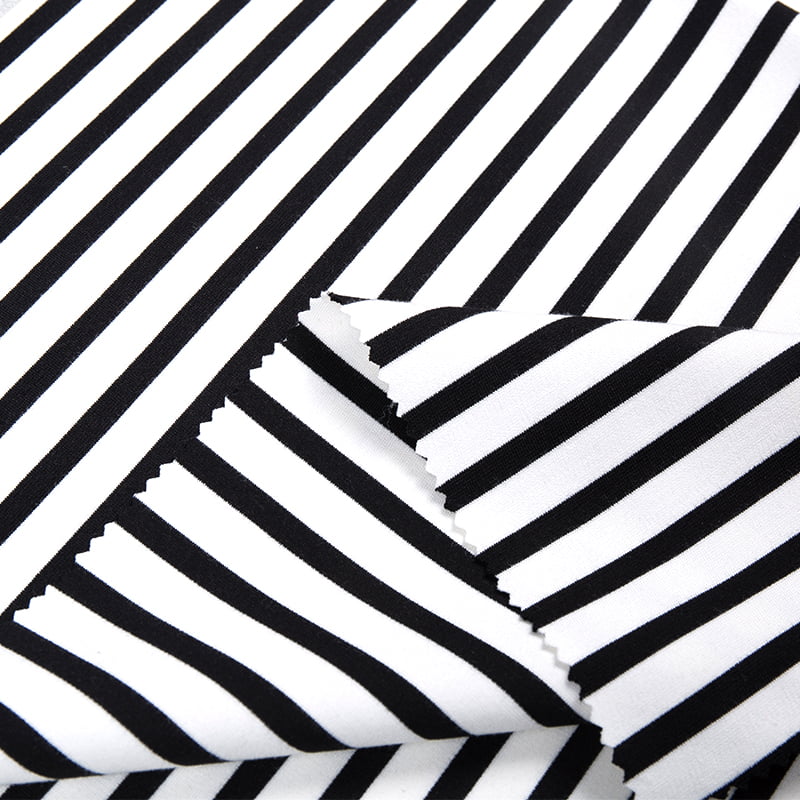
Double-sided Roman cloth is a type of textile that has been used for centuries. While there have not been any significant recent innovations specifically aimed at double-sided Roman cloth, there have been advancements in textile technology that could potentially influence its production and properties.
Digital Printing Technology: The advent of digital printing has revolutionized the textile industry. This technology enables manufacturers to create intricate patterns and designs directly onto the fabric, offering endless possibilities for double-sided Roman cloth. Digital printing allows for more precise control over color and pattern placement, resulting in high-quality and visually stunning fabrics.
High-Performance Fibers: Advances in fiber technology have led to the development of high-performance fibers such as nylon, polyester, and aramids. These fibers possess exceptional strength, durability, and resistance to wear and tear, making them ideal for producing double-sided Roman cloth that can withstand heavy use.

Smart Textiles: The emergence of smart textiles, also known as e-textiles or electronic textiles, has the potential to transform the properties of double-sided Roman cloth. Smart textiles are imbued with sensors, conductive materials, and even electronic components to provide additional functionality such as temperature regulation, moisture management, or interactive features. Integrating these properties into double-sided Roman cloth can enhance its comfort and usability.
Sustainable Materials and Manufacturing Techniques: With growing concerns about sustainability, the textile industry is increasingly focusing on eco-friendly materials and manufacturing techniques. Innovations such as recycled fibers, organic cotton, and low-impact dyeing processes can positively impact the production and properties of double-sided Roman cloth. Sustainable practices can improve both the environmental footprint of the fabric and its appeal to conscientious consumers.


 English
English 中文简体
中文简体











